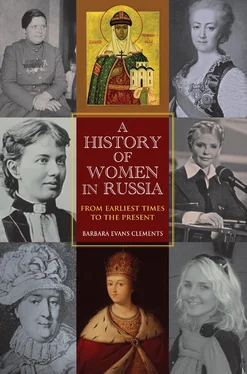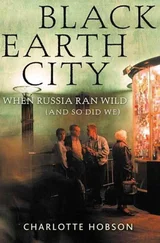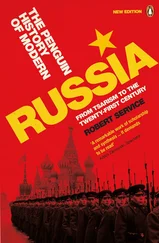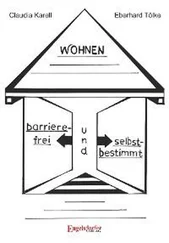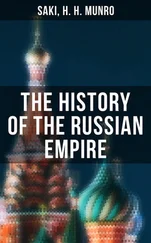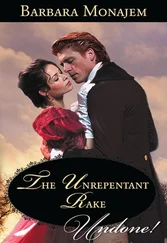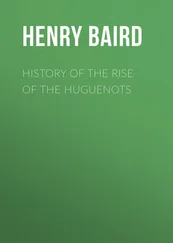Assertive noblewomen such as Boretskaia and Sophia Vitovtovna were empowered by gender ideals that prevailed in Rus society and across Europe. Each was a middle-aged, widowed mother when she assumed leadership; each acted in defense of and through her sons. Women were supposed to fight for their children; adult sons, as we have seen, were supposed to obey their mothers. Boretskaia and Sophia also drew authority from their social rank, for female members of elite families were powerful people entitled to command the obedience of everyone lower-ranking than they. Like Olga centuries before, Boretskaia and Sophia Vitovtovna were gritty matriarchs eager to wield their power. There were undoubtedly others whose names we do not know, peasants and princesses, who took maximum advantage of the authority and power that were apportioned to them by law, custom, and fate.
The presence of such exceptional women among the Rus testifies to the opportunities for female agency that existed within European patriarchy. Women, particularly high-born women, exercised authority within their families and communities. In Appanage times, that authority was enhanced by expanding property rights. It bears remembering, though, that the rich and powerful were a tiny minority of Rus society. Most women were peasants, who shared with their menfolk short lives of struggle with the natural environment and the increasing demands of the ruling class.
The history of women in Russia began when Rus adventurers and Slavic peasants created a confederation that proved strong enough to survive for two centuries. Those centuries saw the establishment of patterns in women’s lives that would outlast the confederation itself. Elite women managed households and played politics; merchants worked in family businesses; peasants farmed. Christianity slowly spread among them, remaking their understanding of the supernatural and fortifying the protections afforded them in law. The upheavals of Mongol conquest, plague, and political conflict cost many women their lives, without appreciably altering the gender values and norms that structured those lives.
The Rus lands were an unruly frontier by comparison with western and central Europe—that is, they were characterized by vast tracts of unsettled land, minimally defined boundaries, and decentralized politics. Despite the challenges of this world, Rus women lived lives very similar to those of women in English or Saxon lands, because European gender values and mores were as functional on the frontier as in more densely populated, closely governed areas. The similarities would persist in the Muscovite period, but the differences, shaped by the consolidation of monarchical power in Muscovy and by major political, economic, religious, and intellectual change to the west, would grow.
2
THE AGE OF THE DOMOSTROI
1462–1695
Ivan III, grandson of Sophia Vitovtovna, conqueror of Marfa Boretskaia, great prince of Moscow, referred to himself as “tsar” in correspondence with foreign governments. The term was an ancient one, created in the Balkans from the Latin word “Caesar.” By borrowing it, Ivan declared himself heir to Rome’s power. It was a ridiculous assertion, for Muscovy in the late 1400s was a small, weak kingdom far from the centers of European power. Ivan and his descendants acted on his aspirations by building a government more centralized and powerful than any of its Rus predecessors. They also greatly expanded the territory they governed and fostered trade and diplomatic relations with other European nations, thereby opening Muscovy to greater contact with the outside world. And they and their nobles reduced the peasantry to serfdom and brought tens of thousands of non-Muscovite women under Moscow’s rule.
For women, these centuries were a time of enduring gender ideals and wrenching disruptions. The ideals were set out most famously in The Domostroi, a compendium of advice on household management written by an anonymous government official or cleric in the mid-sixteenth century. The Domostroi described the elite family as a harmonious mini-kingdom, presided over by a benevolent, wise patriarch and his supportive, authoritative wife. The real lives of most women, princesses as well as peasants, were a good deal grittier than this, but none of the hardships called into question, so far as we can tell, women’s notions about themselves or the customs of their daily lives. So women of the peasantry farmed, women of the towns ran the family businesses or worked for the rich, and women of the nobility managed their households and advised their men. This stability in gender arrangements was characteristic of the rest of Europe in these centuries as well.
There were subtle changes afoot among the nobility that, by the end of the seventeenth century, portended far greater changes to come. Low-ranking military officers who lived in the countryside were frequently away on campaign, leaving their wives to take on greater responsibility for managing the estates. Richer women in the cities were doing similar work, but, unlike women in the countryside, they were spending most of their time sequestered within their households. High-ranking Muscovite families believed that decorum required that their women hide themselves from public view, and so the wives and daughters of tsars and boyars rode around Moscow in sealed sledges and sat behind screens in church. By the 1660s, some of the privileged, aware that elite women elsewhere in Europe were freer, began to question their seclusion. Their discontent affected Kremlin politics and may have fueled a schism in the Orthodox Church.
The Muscovite period in Russian history was a time of expanding territory and government power. The kingdom grew from an estimated 300,000 square miles when Ivan III took the throne in 1462 to 5.6 million when Peter I was crowned in 1682. 1Governing this extensive territory required the rulers to enlarge the rudimentary bureaucracies they had inherited from the Appanage princes. Their government, small by today’s standards, grew sufficiently to achieve the tsars’ goals—expanding and defending the realm, maintaining the monarch in power, keeping the peace, collecting taxes, paying bills, and making money from trade. Few European governments of the time attempted more.
The tsars’ servitors consisted of nobles, who staffed the military and advised the crown, and civil servants drawn from the clergy and merchantry. To keep these men working effectively together, the monarchs had to cultivate the support of the great boyar families while also attending to the needs of the minor nobility, the church, and the richer townsfolk. “Politics was the personal interplay of elite men, women, and families,” Nancy Kollmann has written, “and was shaped by factors such as self-interest, personal charisma, respect for tradition, loyalty to family, and the obligations of honor and dependency.” 2It was a complicated game played by everyone with power, female and male.
From the 1460s to the 1560s, the tsars managed the game quite well. Ivan III (ruled 1462–1505) and his son Vasili III (ruled 1505–33) brought under Moscow’s control much of the land that had been in the Kievan confederation. They also prevailed in power struggles with their own siblings, in the process instituting primogeniture to regulate succession to the throne. The economy grew at a healthy pace, particularly in the 1490s. A bloody power struggle marked the childhood of Vasili’s son Ivan IV, but when the young tsar began to rule in the late 1540s, he proved to be an intelligent, hard-working reformer.
Unfortunately Ivan spoiled many of his own accomplishments after 1560, when he earned the sobriquet “the Terrible” by turning rapacious and paranoid. His attacks on real and imagined enemies, domestic and foreign, decimated the ruling class, severely weakened the economy, and ushered in decades of political instability. The tsar even killed his heir apparent, an act that resulted in the crown’s passing, on Ivan’s death in 1584, to a mentally incompetent son, Fedor. A de facto regency ensued under the able boyar Boris Godunov, but when, after the death of Fedor in 1598, Godunov made himself tsar, the social bonds that held together Muscovy’s diverse peoples frayed. From 1598 to 1613, a period known as “the Time of Troubles,” the poor rose up against the rich, factions of the rich attacked one another, and the Polish king Zygmunt, eager to take advantage of Muscovy’s weakness, sent troops supporting pretenders to the throne. Peace finally came when an assembly of nobles, merchants, Cossacks, and a few peasants elected a new tsar, Michael Romanov, the first link in a dynastic chain that would stretch into the twentieth century. 3
Читать дальше
